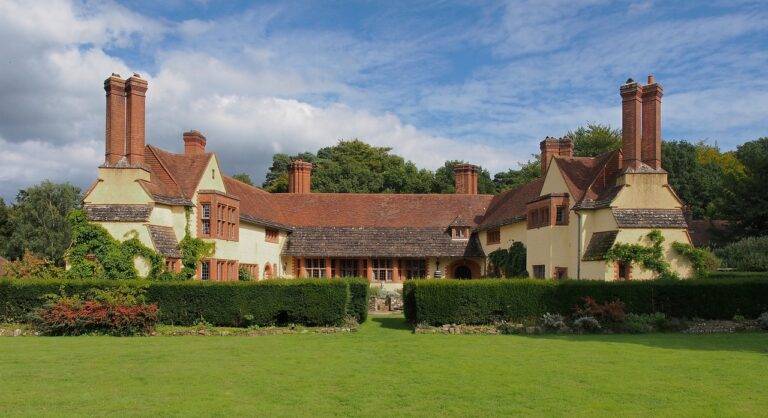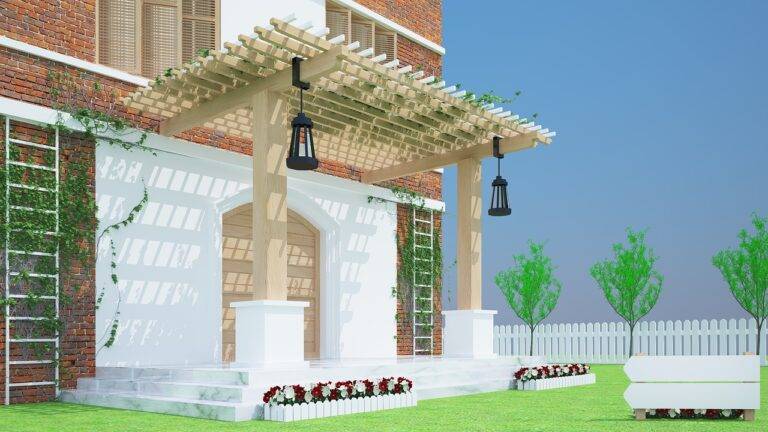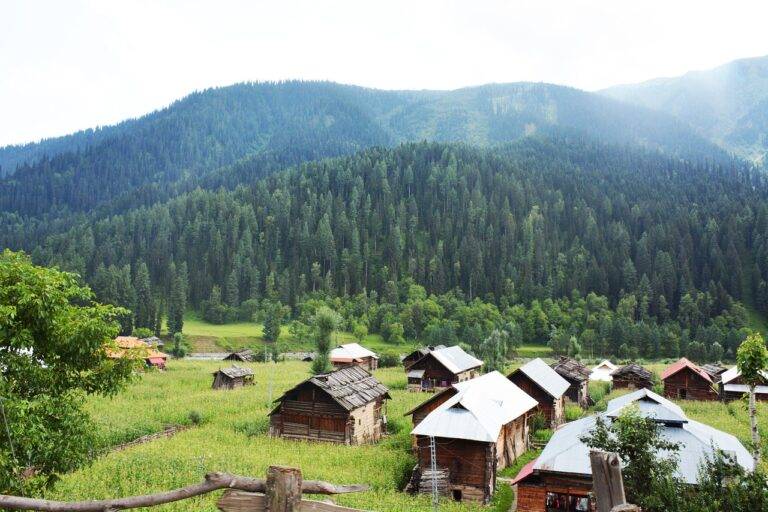The Benefits of Green Roofs: Enhancing Urban Sustainability
Green roofs have become increasingly popular in urban areas due to their numerous environmental benefits. By integrating vegetation into building structures, green roofs help to improve air quality, reduce energy consumption, and mitigate the urban heat island effect. These eco-friendly roofs also provide habitats for birds and insects, promoting biodiversity in city settings.
In addition to their environmental advantages, green roofs offer economic benefits as well. They can prolong the lifespan of the roof membrane, reduce stormwater runoff, and lower heating and cooling costs for buildings. As cities continue to expand and face the challenges of climate change, green roofs have emerged as a sustainable solution to create more livable and resilient urban environments.
Reducing Urban Heat Island Effect with Green Roofs
Urban heat islands (UHIs) are areas in cities that experience significantly higher temperatures than their rural surroundings. The extensive use of concrete, asphalt, and other heat-absorbing materials in urban areas creates a heat-trapping effect, leading to increased temperatures. This phenomenon can have various adverse effects on human health, energy consumption, and overall urban sustainability.
Green roofs have emerged as a sustainable solution to mitigate the urban heat island effect. By replacing traditional rooftops with vegetation-covered surfaces, green roofs can reduce heat absorption and provide natural cooling benefits. The plants on green roofs help in transpiration, releasing moisture into the air which cools the surrounding environment. Implementing green roofs in urban areas can contribute to lowering temperatures, improving air quality, and creating more sustainable and resilient cities.
What is the urban heat island effect?
The urban heat island effect refers to the phenomenon where urban areas experience higher temperatures than surrounding rural areas due to human activities and the built environment.
How do green roofs help in reducing the urban heat island effect?
Green roofs absorb and retain less heat than traditional roofs, helping to reduce the overall temperature of urban areas. They also provide insulation, shade, and reduce the heat reflected back into the environment.
What are some other benefits of green roofs besides reducing the urban heat island effect?
Green roofs can help improve air quality, reduce energy costs, provide habitat for wildlife, and reduce stormwater runoff. They also contribute to the overall aesthetics of urban environments.
Are there any challenges or drawbacks to installing green roofs?
Some challenges of installing green roofs include initial costs, structural considerations, maintenance requirements, and potential issues with waterproofing. However, the long-term benefits often outweigh these challenges.
Can green roofs be installed on any type of building?
Green roofs can be installed on a variety of building types, including residential, commercial, industrial, and institutional buildings. However, certain factors such as building height, structural capacity, and climate conditions may need to be taken into consideration during the installation process.





